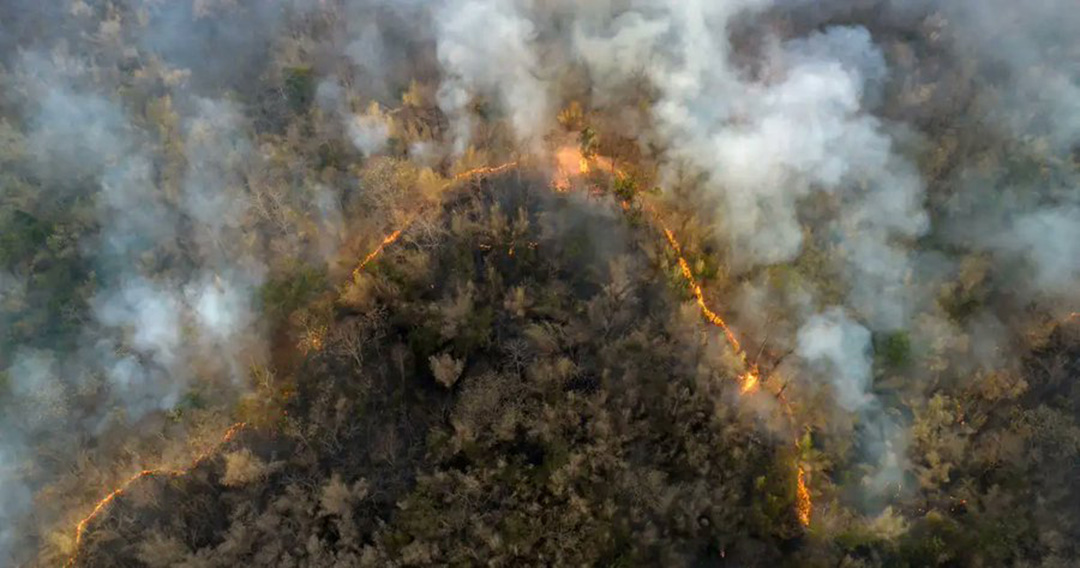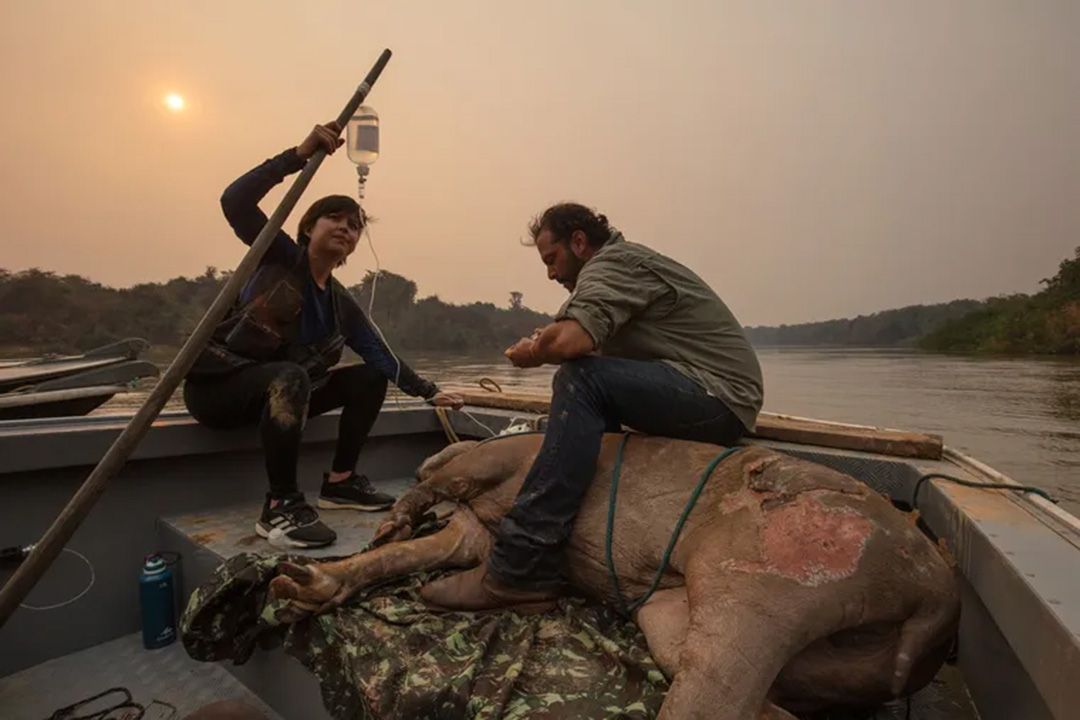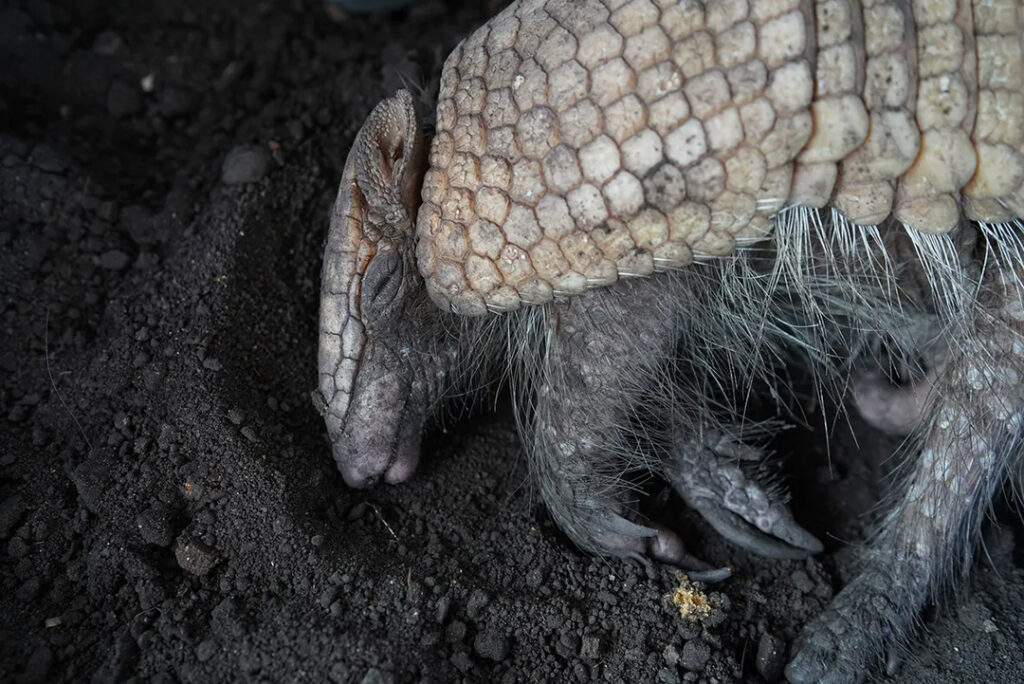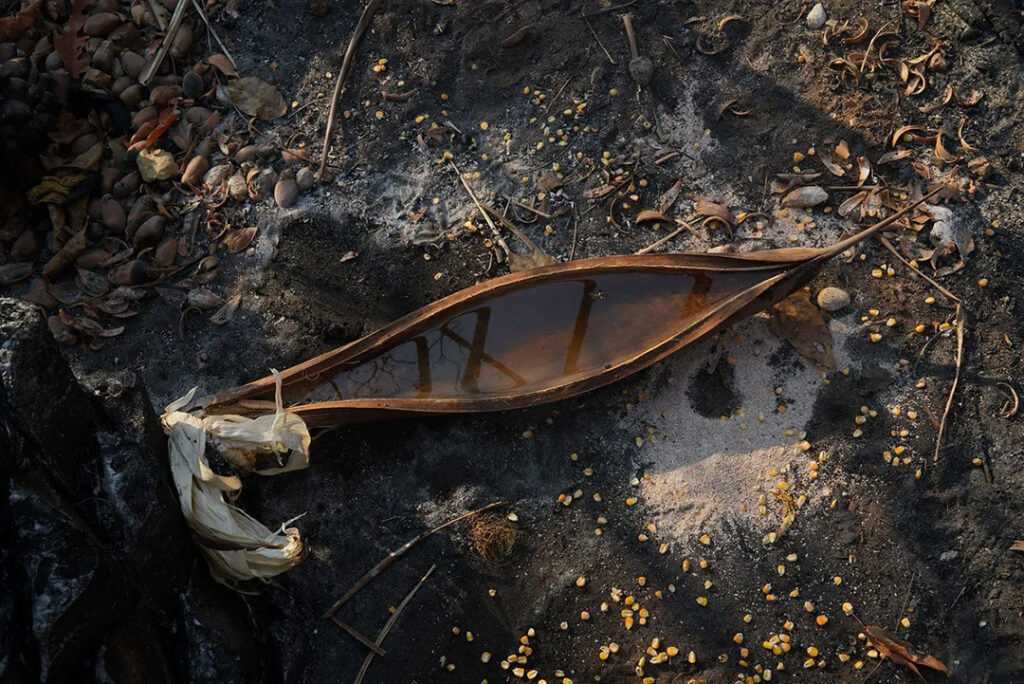Loss of biodiversity in the Amazon rainforest
Fires are one of the causes of the depletion of wildlife in the Amazon forest. It is home to the world’s greatest biodiversity and it is estimated that this year millions of animals have died in the forest.
South America has been the place most affected by the spread of fire this year. More specifically, the Amazon, home to the world’s largest tropical rainforest. This region has recently been affected by a severe drought, which has aggravated the magnitude of the fires. According to Brazil’s National Institute of Special Research (INPE), more than 346,000 fires have been recorded since the beginning of the year. This is also reported in the article ‘Forest fires in Latin America 2024’ published in this magazine.
THE AFFECTED WILDLIFE
The Amazon rainforest, the most biodiverse place on the planet, is home to more than five thousand endemic species of wildlife, not counting invertebrates, according to the Amazonian Cooperation Treaty Organisation (ACTO). This organisation is governed by the treaty that gives it its name. It legally recognises the transboundary nature of the Amazon, although it does not include French Guiana.
This territory which is shared by nine nations is also home to some 2,300 animals classified as being at high risk of extinction, according to the Scientific Panel for Amazonia (SPA). A number that represents almost half of the diversity of wildlife we encounter. Experts are unable to provide a concrete estimate of the number of deaths, but it is believed that millions of lives have been lost.

The damages suffered by wild animals as a result of fires are varied, as they tend to move to avoid the fire. Among the most common are: loss of their natural habitat, alteration of the food chain due to lack of food or migration in which they participate, injuries or physical sequelae, and death.
HOW TO SAFE WILDLIFE DURING FIRES
Actions taken by government institutions
Governments and institutions have the duty to create protocols to be followed in the event of disasters, which allow them to minimise the damage they may cause. For this reason, protocols are usually drawn up in accordance with the time at which the event takes place, contemplating the actions to be carried out depending on their function: prevention, mitigation/containment or response.

During forest fires in Bolivia, the government’s Ministry of Environment and Water has developed a specialised protocol for affected wild animals. The protocol stipulates that during the pre-disaster phase, the actions carried out are: raising public awareness of biodiversity, identifying entities to provide support, and financially guaranteeing resources. This is followed by the actions carried out during the disaster: the identification of the intervention zone for the evaluation of the animals, the setting up of Temporary Rescue Centres (TRC), which are present in any country. Finally, the animals that are still alive in the area affected are examined and, on the basis of their state of health, they are left, rehabilitated, released or euthanised.
Actions that citizens can take
On the other hand, there are also numerous actions that the public can take to help wildlife that manages to escape the fire. The simplest options are donations to sanctuaries, refuges or Wildlife Rehabilitation Centres (CRFS). The latter are veterinary establishments specialised in the treatment, rehabilitation and reintegration of injured animals.

However, if you encounter an animal escaping from the fire, it is important to follow the guidelines provided by the World Wide For Nature (WWF). First of all, it is important not to be frightened by their presence and to avoid harming them. Then, it is recommended to provide them with water and shelter, while avoiding bringing them close to pets. This could lead to conflict or endanger the welfare of the animals involved. In general, it is not recommended to handle these animals either, especially if they are injured. In this case, contact the emergency services or specialised wildlife organisations to communicate their state of health and proceed correctly for their recovery.






